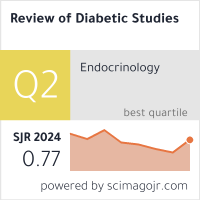Review Of Paramedics’ Role In Stroke Identification And Prehospital Stroke Care
DOI:
https://doi.org/10.1900/j0bhar21Keywords:
Stroke, EMC, Paramedical, Prehospital Stroke Care.Abstract
Stroke is a leading cause of death and disability worldwide, and early identification and prehospital care by paramedics are crucial for improving patient outcomes. This review examines the role of paramedics in stroke identification and prehospital care, focusing on the tools and protocols used, training and education, challenges and limitations, and recent innovations. Paramedics use validated screening tools such as FAST, CPSS, LAPSS, and RACE to rapidly identify stroke symptoms in the field. Training programs, particularly interactive, scenario-based sessions, significantly improve paramedics' accuracy in stroke recognition and reduce transport times to hospitals. However, challenges remain, including stroke mimics, limitations in screening tool sensitivity and specificity, insufficient training, and disparities between urban and rural EMS resources. Recent advances, such as mobile stroke units, telemedicine-enabled ambulances, and AI-powered diagnostic aids, show promise in enhancing prehospital stroke care. Recommendations for improvement include enhanced and tailored education, regular feedback mechanisms, standardized evidence-based protocols, technological integration, and system-level collaboration between EMS and hospital teams. By empowering paramedics with the necessary knowledge, tools, and support, prehospital stroke care can be optimized, leading to improved patient survival, functional recovery, and reduced societal and economic burden of stroke.
Downloads
Published
Issue
Section
License

This work is licensed under a Creative Commons Attribution-ShareAlike 4.0 International License.


